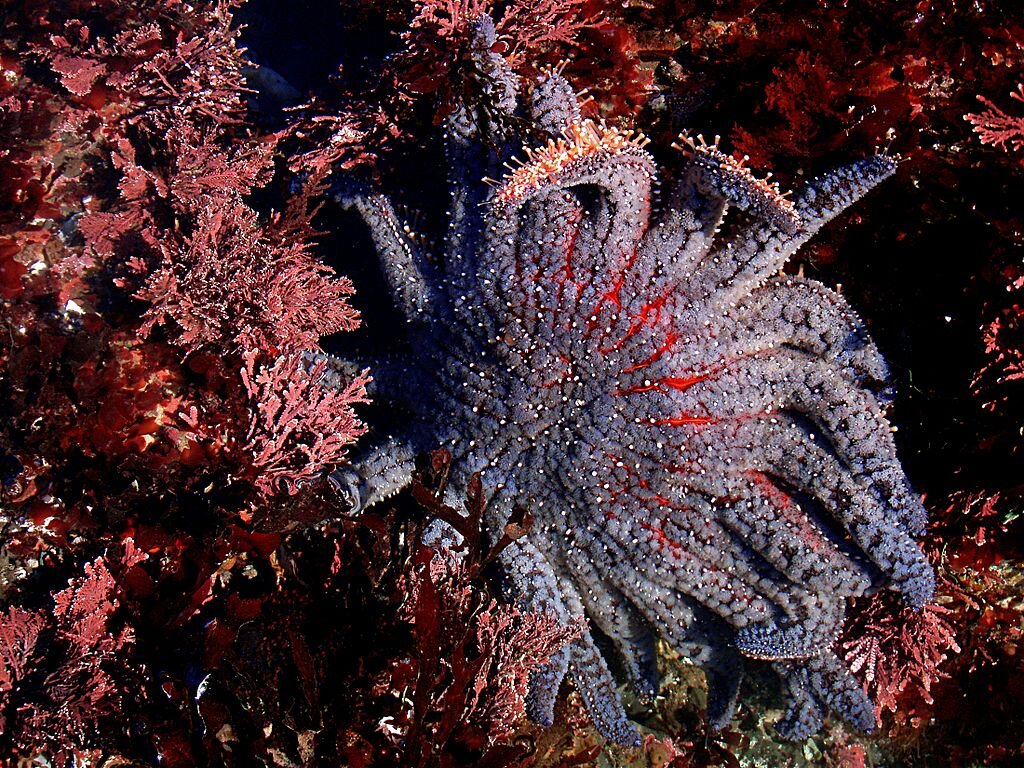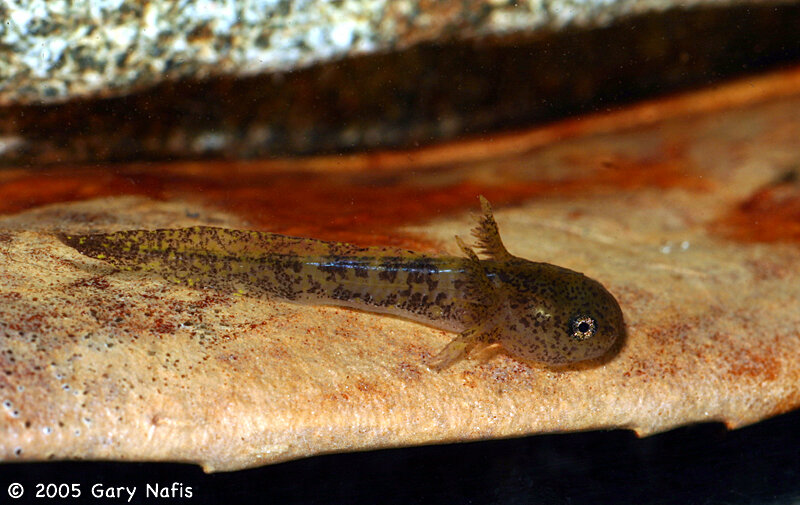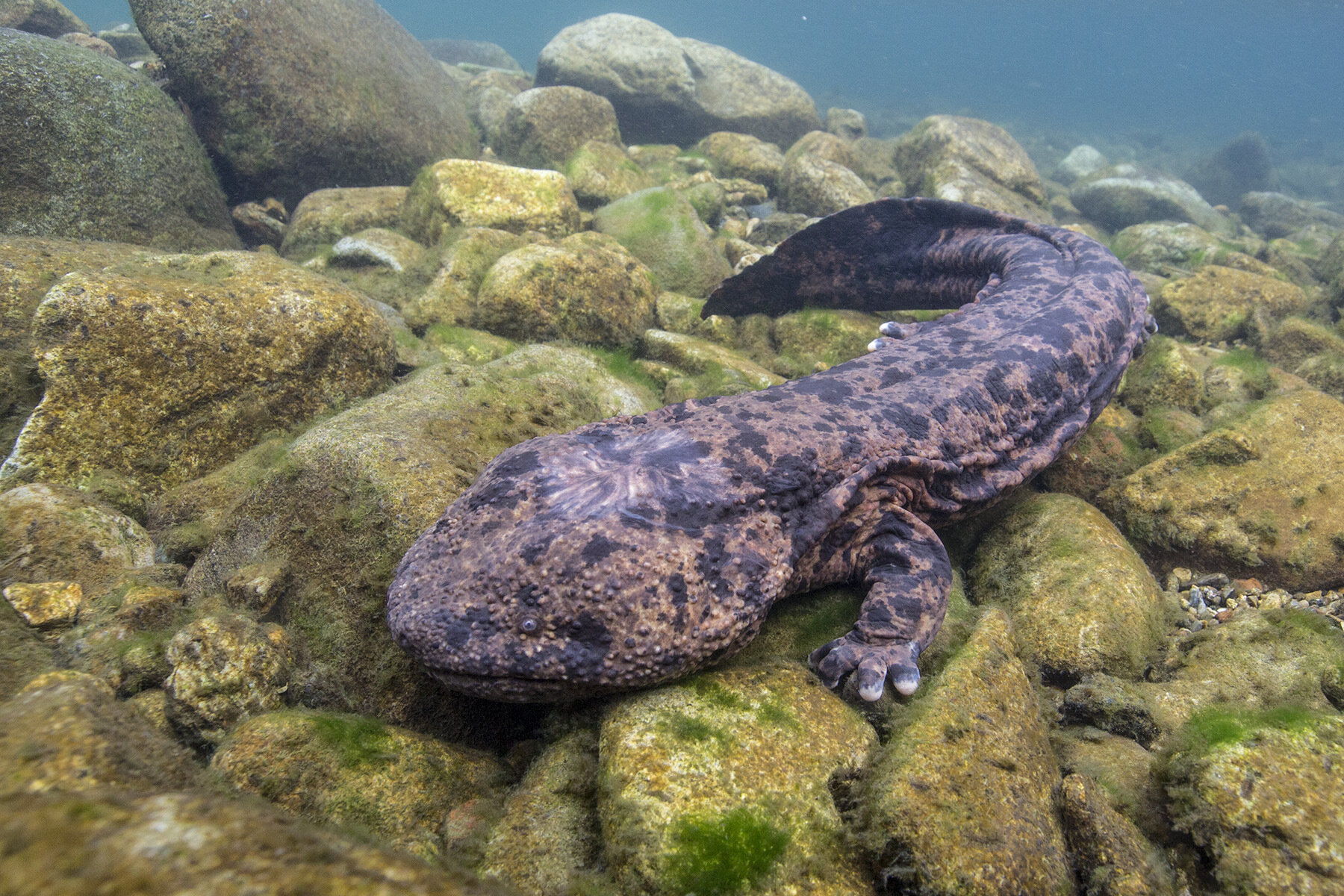Deciduous Trees
/Learn about trees that lose their leaves
Read MoreLearn about trees that lose their leaves
Read MoreLearn about some coniferous trees around Sound View.
Read MoreProtect the environment by following these principles
Read MoreFirst of all, thank you so much for reading our posts so far. An even bigger thank you goes out to those who are completing the quizzes. Remember, for those who complete twenty (20) lessons or more (and we're keeping track), there will be a special item of camp swag waiting for them to pick up at camp when we reopen! Shout out to Audrey S and Claira S. for both reaching 20 quizzes completed. Keep it up!
Secondly, I wanted to answer some questions I’ve gotten and have not had time to answer.
From Layla N. about sea stars:”Do sea stars ever lose their stomachs while eating or digesting?”

Sunflower Star Photo: Wikipedia
In the lesson on sea stars , we learned that they take their stomach out of their body to digest their food. When sea stars do this, their stomach is still attached to the inside of their body. Because their mouth/stomach is on their underside, they are also able to guard their squishy stomach with their tough back. This way, their stomach stays safe from predators.
From Molly B. on sea stars: “How long can a sea star live?”
There are many different species of sea stars in the ocean and many have different lifespans. The Sunflower Star only lives up to 5 years where the Ochre Star can live up to 40 years.
From Audrey S. on Tides: “When high tides occur is it possible that the water can create a tsunami?”
Tsunamis happen when there is a sudden large disturbance in the ocean. Primarily, this happens when there is an earthquake. The shaking of the ground pushes large amounts of water, causing a huge ripple that travels long distances. Sometimes tsunamis are incorrectly called tidal waves and this can be confusing because they are not at all related. High tide happens much slower than a tsunami and is a consistent force on the Earth.

Salamander I found under a log at Sound View

Baby Western Long-toed Salamander (Well it doesn’t have toes yet!) Photo: californiaherps.com
Salamanders are amphibians. In general, amphibians start off their lives in shell-less, jelly-like eggs. When they hatch, they resemble little fish, often called a tadpole. As these baby amphibians grow, they start forming legs. Frogs, another amphibian, will lose their tail but salamanders keep their tail. Amphibians share a few other characteristics as well. They are all vertebrates, creatures with a backbone. They are ectothermic, get their body heat from outside sources instead of producing it themselves. Finally, they have permeable skin, they absorb water and sometimes oxygen through their skin. This also means they can dry out easily so they need to live in wet environments.

Japenese Giant Salamander Photo:outthedoortoexplore.com
Salamanders are a very diverse group of animals. There are 655 known living species of salamanders. A third of these species can be found in North America and Washington state is home to about 14 different species. While many salamanders have four legs, there are some species that only have two. Also, salamanders have three different ways of breathing. Some, like axolotls, have gills for getting their oxygen from the water. Others have lungs they use for getting oxygen out of the air and some just absorb the oxygen through their skin. The smallest salamander, the pygmy salamander, is smaller than an inch long. The largest salamander, the Japanese Giant Salamander, can get up to almost 6 feet long.

Axolotl. See the gills on its head? Photo: livescience.com
One thing all Salamanders have in common is that they are all carnivores. They all eat some type of animal depending on their size, they may eat insects, fish, frogs, mice and even other salamanders. Many salamanders protect themselves by releasing a chemical that tastes bad and is often poisonous. The bright colors on many species are a warning to others that they are a dangerous snack. In addition, some salamanders can lose and regrow their tail. This is another way they can escape predators.
Salamanders and other amphibians are known as indicator species. This means the health of salamander populations is a clue to the health of the environment. Because of their permeable skin, salamanders are very sensitive to environmental changes such as changes in water level, temperature, pollution and invasive species. When the number of salamanders in an area is lower than normal, it is a clue that something has changed in that environment. So, if we want salamanders to stick around and help control the insect population, we must be careful with how we treat our forests.
See what Katie found on the beach!
Read MoreYou otter know they are my favorite!
Read MoreThey provide most of the Earth’s oxygen, are the base of the food chain, can glow in the dark, and range in size from microscopic to 100 feet long but they cannot swim against a current. Learn about plankton here!
Read MoreLearn the meanings of some of the terms used to describe Sound View’s ecosystems.
Read MoreLearn about sea stars here!
Read MorePlant? Animal? Sea monster? Learn what an anemone is here!
Read MoreThe best directional star is Polaris - also called the North Star - because if you know where north is, then you can guesstimate the other cardinal points.
Read MoreLast member of the FBI: Invertebrates
Read MoreHow do Bacteria help the forest grow?
Read MoreWho cleans up waste in the forest?
Read MoreMost evergreen trees tend to be conifers, like the Douglas Fir and the Western Red Cedar. They keep their small, needle-like leaves all year round. Trees with broader leaves, like a Big Leaf Maple, are known for losing their leaves in the fall to conserve energy when there is less sunlight. We often use the term deciduous to describe trees that drop their leaves. The broad-leafed Pacific Madrona (Arbutus menziesii) is an exception to this as it is a broad-leaf tree that is also evergreen.
The Pacific Madrona often stands out among other trees in the forest because of its bright red, smooth bark. As the tree grows, the bark peels off, revealing the younger green bark underneath. This also helps stop any fungus or parasites that might be growing on the tree. The name Madrona comes from Spanish madroño, meaning strawberry tree, because the berries of the Madrona and it’s Mediterranean relative look a bit like strawberries. The berries are not often eaten by people but are a great food source for many birds.
Madronas are also known for their curvy branches. As you look up at a Madrona, you may even see that the main trunk is growing in an odd direction. They grow in the direction that will get them the most sun. It is a great way to survive in a forest full of big conifers.
Next time you find a Madrona, try touching the trunk. You may notice that is feels a little cooler than the other trees. Even though Madronas are the same temperature than other trees, they feel colder because of their thin bark.
